China’s economy experienced a bumpy journey in 2023, with fluctuations in each quarter. In the first quarter, GDP growth reached 4.5 percent, exceeding market expectations and marking a strong start to an economic recovery following the three-year COVID-19 prevention and control policy regime. In the second quarter, it grew by 6.3 percent, which, considering the low base of the previous year, was not particularly impressive. The quarter-on-quarter growth stood only at 0.8 percent, much lower than market expectations. Despite pessimistic speculation about the second half of 2023, GDP growth for the third quarter reached 4.9 percent, beating expectations once again. Although investment in the property market has continued declining since 2022, services, consumption and private business investment, particularly in the high-tech industry, contributed to robust growth in the third quarter. In the fourth quarter, China achieved 5.2 percent GDP growth, which was also the annual GDP growth rate for 2023. This figure is close to, but about 1 percent lower than, the pre-pandemic level, indicating an overall solid but incomplete recovery. Overall, the performance of China’s economic growth in 2023 has made China the largest driving force of the global economy, likely contributing to more than 30 percent of global economic growth.
Trade, high-tech industry and the services sectors showed resilience in 2023’s post-pandemic recovery. In 2023, China’s goods export volume grew by 0.6 percent compared to the previous year, while goods import volume experienced a 0.3 percent decline, likely reflecting a weaker domestic demand. High-tech manufacturing in areas such as solar cells, service robots and integrated circuits continued to grow steadily. In November alone, their output surged by about 45 percent, 33 percent and 28 percent respectively. Large high-tech manufacturing enterprises saw a 6.2 percent increase in added value relative to the previous November. The strong growth in the high-tech industry can be attributed in part to continuous support from the Chinese government. Beijing has recognised the potential of high-tech firms in driving economic growth and innovation, and this support is expected to continue in the near future.
In 2023, growth in the services sector gained significant momentum, driven by increased consumer and business demand as China removed COVID-related restrictions and reopened provincial and national borders. The services sector grew by 5.8 percent, outperforming the other two pillars of the economy, agricultural (1.3 percent) and industrial production (4.6 percent).
China still faces significant challenges in several areas, including declining property investment (which has a flow-on effect on other industries, such as construction, architecture, real estate services, infrastructure and the financial sector), weak consumption growth and the risk of accumulating debt, all of which pose short-term risks to the Chinese economy.
In 2023, real estate investment declined by 9.6 percent, slightly less precipitous than the decline last year (10 percent) but still considered a deep contraction. Property sales declined by 8.5 percent, which was significantly less severe than the contraction in 2022 (24.3 percent). Throughout the year, the real estate climate index, a monthly economic indicator measuring the overall prosperity of the real estate sector, was stuck in the below-95 region, indicating very low prosperity for the sector.
The contraction in the property market stems from a series of policy crackdowns that started in late 2020, notably the ‘Three Red Lines’ policy designed to mitigate the danger to the economy from developers’ mounting debt. Beijing has since repeatedly emphasised that housing is for living in, not for speculation, reaffirming its determination to control the housing market. Despite a continuing decline in residential investment, the real estate sector showed signs of recovery in 2023, thanks to more positive government policies. For example, in January, the government announced a 21-point action plan aimed to improve the balance sheets of high-quality property developers. It has a strong focus on easing financial pressures of what they considered ‘high-quality’ developers. An important part of the plan is to ensure the completion and deliveries of houses from developers to buyers within the contracted timeframe (保交楼). The plan sets up special bonds and loans to support the said completion and deliveries. Another part of the plan is to relax the borrowing constraints set out by the ‘Three Red Lines’ policy and provide debt extensions to good-quality developers. Thirty pilot real estate developers will be the first to implement those new policies.
Beijing also introduced eased mortgage rules and relaxed requirements for first-home buyers to boost buyer confidence. The government even stepped in to tackle imminent collapses of property developer firms of systemic importance. The most prominent example is that the government dealt with the near bankruptcy of Evergrande, one of China’s largest real estate developers. Beijing’s heavy intervention in terms of debt restructuring and negotiation with global stakeholders ensured that Evergrande did not experience a full collapse, which might have caused a chain reaction that dragged down the real estate sector or even the banking sector more broadly.
The golden days of rapid property market expansion might be over. The era of high-leverage, high-debt and rapid market expansion created risks too huge to be ignored. The recent contraction caused pain and losses to many real estate firms, but was part of the process of establishing a sustainable, albeit much smaller, market with better-quality property developers and closer government oversight.
Local government debt poses another potential catalyst for a debt crisis in China. Beijing’s deep concern over the scale and sustainability of local government debt led to a reform of the local financial regulatory framework announced in March 2023. The Chinese government has also initiated a gradual restructuring of local government debt, including rolling over existing debts, extending loan terms at lower interest rates, and issuing special-purpose bonds to fund large infrastructure projects. Local government debt restructuring is a complex issue. It must strike a balance between preventing large-scale crises and establishing sustainable paths for local government budgets.
China has been grappling with the challenge of slow and uneven household consumption recovery in the post-pandemic period. Despite increases in total retail sales and services, the consumption of durable goods and big-ticket items remained sluggish in 2023. Chinese households appeared hesitant to spend. The National Bureau of Statistics Consumer Confidence Index (CCI) has remained below 100 since April 2022, suggesting a pessimistic sentiment among consumers. While the CCI trickled up to 94.9 in March 2023, it subsequently slid down to below 90 and remained there to the end of the year.
The share of household consumption in China’s GDP has been historically lower than in other countries of similar economic development levels, standing at 56 percent, compared to 66 percent in India and 67 percent in Thailand. The average consumption-to-GDP ratio in most advanced economies is around 80 percent. The COVID-19 pandemic exacerbated the situation because of its impact on household balance sheets. The Chinese government has implemented a series of fiscal and monetary policies, but these primarily affected businesses rather than households. Partly that was due to China’s inadequate social security network, which prevented the government from directly extending support and relief to households. The sluggish recovery of household consumption is therefore primarily a structural issue than a cyclical one. Long-term structural reforms in social security, income redistribution and the household registration system are needed to address this issue.
In 2023, China’s China Consumer Price Index (CPI) grew only by 0.2 percent, and the Chinese Producer Price Index (PPI) declined 15 months in a row. The prospect of very low inflation with an elevated debt poses more challenges to Beijing in stimulating the economy to restore it to its pre-pandemic growth level (the consensus on China’s growth potential is 5–6 percent). Beijing has highlighted the critical role of internal circulation in promoting economic growth in the post-pandemic era as part of the Dual Circulation strategy first introduced in May 2020 by President Xi Jinping. The goal of the Dual Circulation strategy is to foster a complementary and synergistic relationship between the domestic market (internal circulation) while maintaining openness to the global economy (external circulation) and integration with it.
On 11–12 December 2023, at the annual Central Economic Work Conference in Beijing, China’s leaders outlined the country’s economic priorities for 2024. Echoing with the former leader Deng Xiaoping’s famous slogan, ‘Development is the hard truth’ 发展是硬道理, this year’s conference prioritised ‘Maintaining High-quality Development as the New era’s “Hard Truth”’ 必须把坚持高质量发展作为新时代的硬道理, reiterating the party’s belief in the absolute importance of growth and development – but also high-quality growth that is sustainable, innovation-driven and consumption-led.
Since 2021, the central government has repeatedly emphasised the triple pressures of demand contraction, supply shock and weakened expectations that the Chinese economy faced. These pressures stemmed from various sources including the disruptions caused by its draconian lockdown policies around COVID-19, an unfavourable external economic environment, and rising geopolitical tensions. The 2023 Central Economic Work Conference reiterated those challenges and identified real estate, local government debt, and small and medium financial institutions (such as small and medium-sized banks, rural and community banks, and urban cooperative banks that serve regional or underserved segments of the population and are therefore more prone to economic shocks), as key areas of risk and advocated a coordinated national-level approach to resolving these problems.
Regarding the real estate sector, the conference proposed to establish a new development model for property developers, likely by 2024. As for local government debts, Beijing called upon major provinces to make their contributions to the overall debt restructuring effort. In addition, the conference reaffirmed the priorities of anchoring expectations and promoting growth and employment through active, likely stimulative, fiscal policy and prudent monetary policy. Notably, it placed anchoring expectations ahead of promoting growth and employment in the official statement, which has been interpreted as that Beijing’s growing concern over weakened household and business confidence had surpassed its concern over slowing growth and promoting employment. Accordingly, one could expect to see more policies that are targeted to support household consumption and income, and reforms aimed at addressing inadequacies in the social security networks and household registration system, although the reforms will likely be gradual and incremental.
Looking ahead, the Chinese economy is experiencing increasingly difficult challenges. Faced with the challenge of a volatile external environment, the central government has identified the domestic market as the key driver of growth. The million-dollar question is how to build the demand and supply network to ensure a circular flow in the domestic economy. China’s structural challenges, including broadening the reach of its social security system, making its household registration system flexible enough to allow a rational flow of labour between localities, the ageing population and rising labour costs, cannot be swiftly resolved. The three-year COVID-19 lockdowns and controls protected the most populous nation from an unimaginable public health disaster with economic consequences but disrupted China’s long-run growth trajectory. Technology and innovation, including in the digital economy, delivery services and the tech-intensive green trio of solar batteries, lithium-ion batteries and electric vehicles, hold the potential to drive growth. Navigating the challenges to achieve the party’s stated goal of becoming a moderately developed economy within a decade will require political resolve.


